Welcome to SPEED. This episode on Spotify and Apple Podcasts.
When I think of Erik and speed, one memory stands out.
We were at a dim sum place in Mountain View on a Saturday. There were 8 people, all sitting around one of those big circular tables. Towards the end of the meal, people were relaxed, chatting, and eyeing the last few dumplings. Then I noticed that everyone else was relaxed and happy except for Erik. He had this look on his face like he was anxious about wasting time, that he needed to get back home to work on the robot, but trying to be polite about it. At the time I chuckled that he was stressing out about getting back to work on a Saturday. But after a few more years in the valley, I came to recognize that trait as incredibly powerful trait in a founder. It’s an itchiness to get shit done.
That’s why I had Erik on the show.
Erik and his cofounder Travis started in 2016 on a quest to bring useful robots into human spaces, fast.
They went from nothing to a first mobile robot prototype in 2 weeks, and a working robot at a paying customer site in 12 months. This is absurdly fast. Comparable teams might spend years in an academic lab, or at least a couple years prototyping different versions before they were ready to deploy in a customer’s space. And they had to build everything from scratch. There was no existing chassis, sensor suite, or existing system to bootstrap from.
Three things that helped them move so fast:
1. Relentless prioritization and cutting scope
Erik had a note on his bathroom mirror that said: “Why can’t we launch today?”
In his dining room, he had a wall of post-its: the dependencies blocking launch.
Every few days he’d ask the team over dinner “Can we remove any of these?”
In VC pitches, the founders communicated fully-fledged features, like high-quality video chat, remote mapping, and a microphone array that could identify the type and direction of a sound, but they didn’t let any of those block deployment.
In pitching, "Can we do more?" is good.
But in shipping, "Can we do less?" is best.
2. Testing early with imperfect prototypes
Before raising money, they built a demo robot with Home Depot buckets.
Before finalizing the chassis, they drove a metal box around an office.
Before docking worked, Erik used a rubber hose and cardboard to make a novel docking architecture.
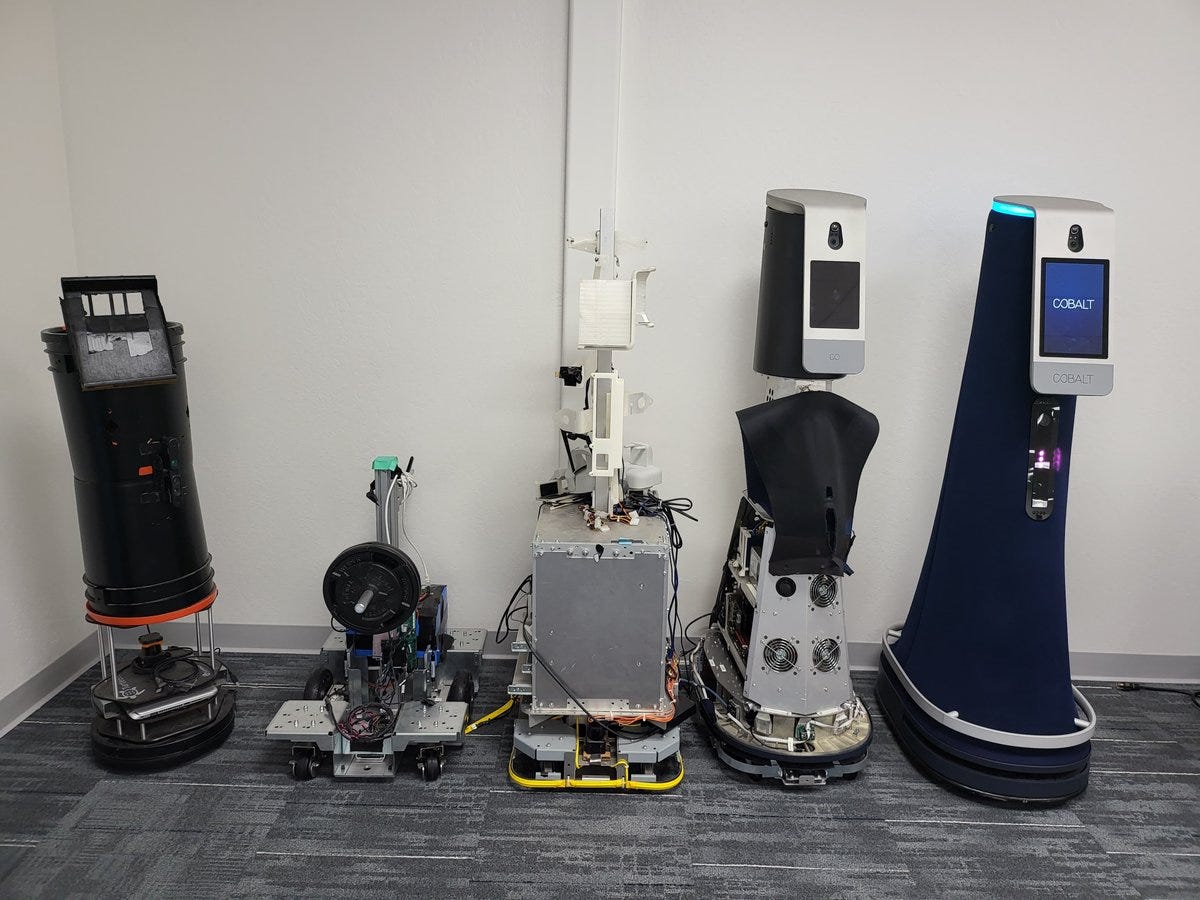
Testing early:
1. Reveals unknown-unknowns.
2. Makes a vision feel more concrete, and creates credibility. This helps raise money (Cobalt had a seed lead in 3 weeks) and helps recruit employees and convince early customers to sign up.
3. Leveraging Type 2 Fun
Type 1 fun feels great in real-time. Type 2 fun feels miserable in real-time, but amazing in retrospect.
When teams are working 70+ hour weeks, it can feel demoralizing. But moments of levity like working out together or getting Denny’s at 3am after waking up to fix robots can create camaraderie.
Happy moments balance the grind.
For Cobalt these moments included blasting Katy Perry at all-hands, playing four square in the office, and having nerf gun battles.
Even challenges like a fire alarm going off at a customer's office, or a broken robot tablet at a live customer site could be Type 2 Fun.
If you or a friend are starting a company in climate, health, education, or another important problem area, reach out! We’d love to help you realize your vision for improving the world. Consider this a warm intro.

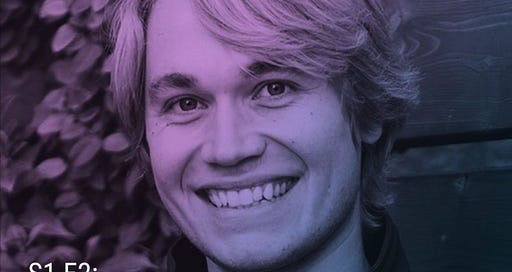





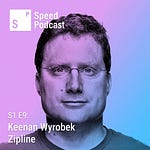



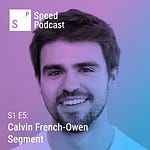
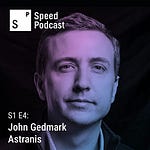

Share this post